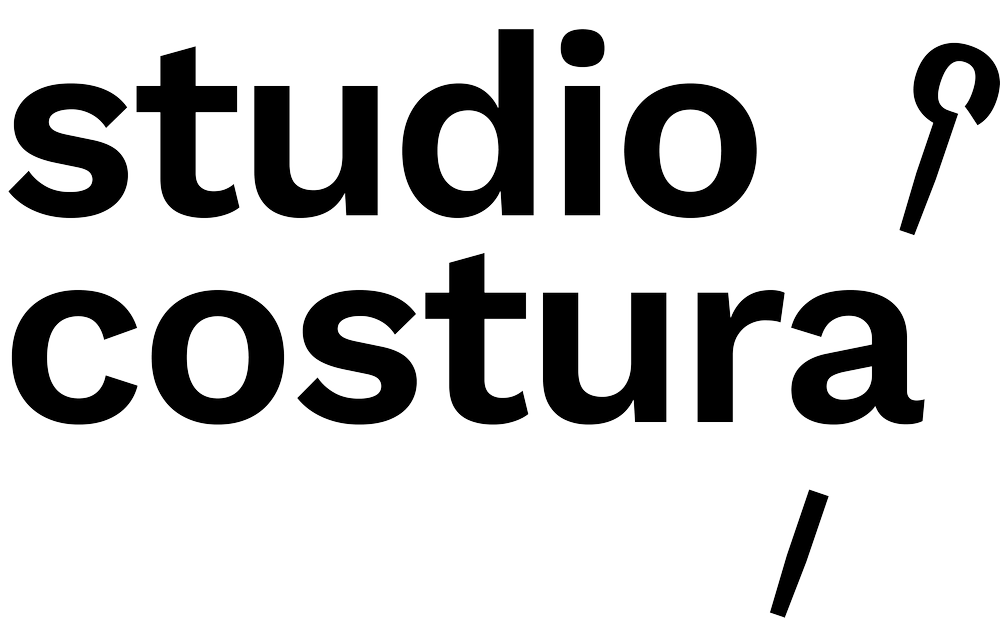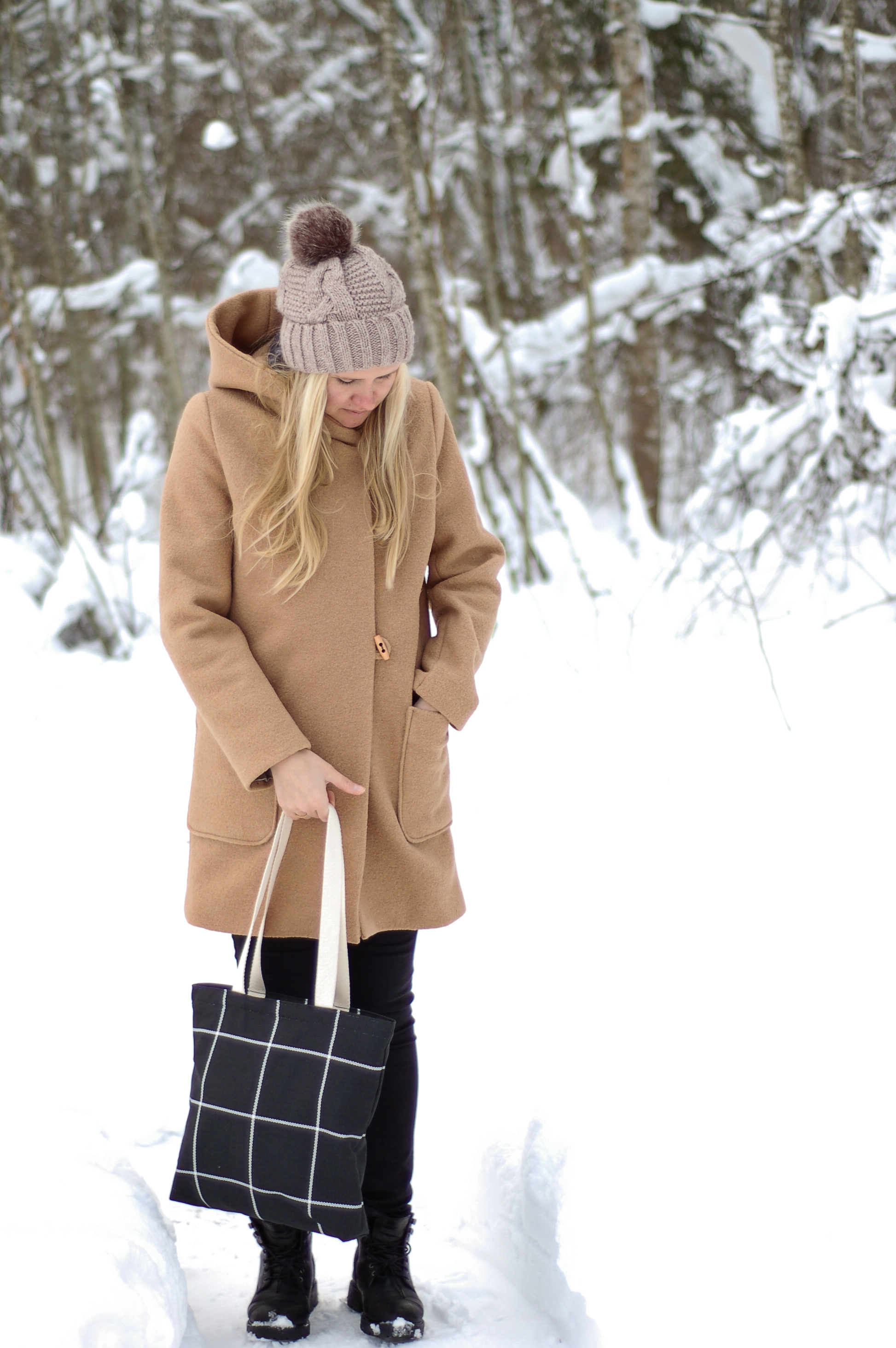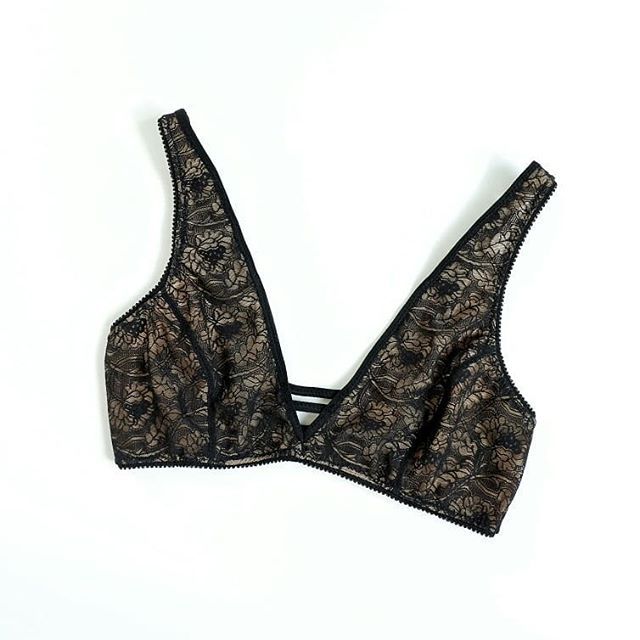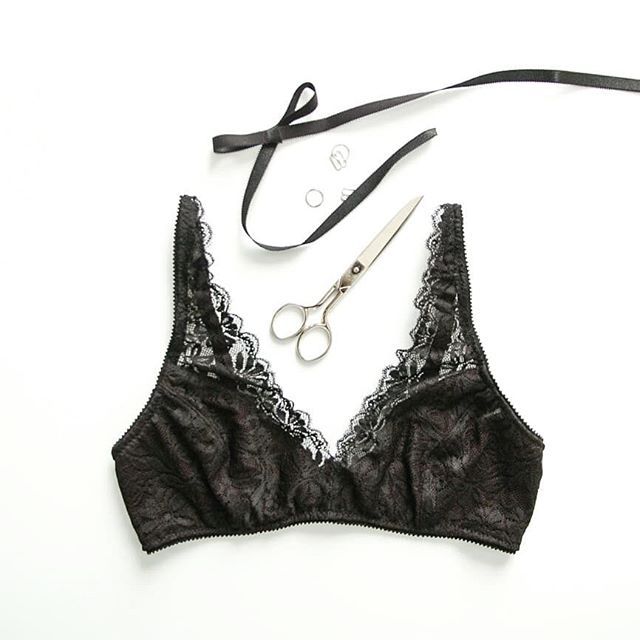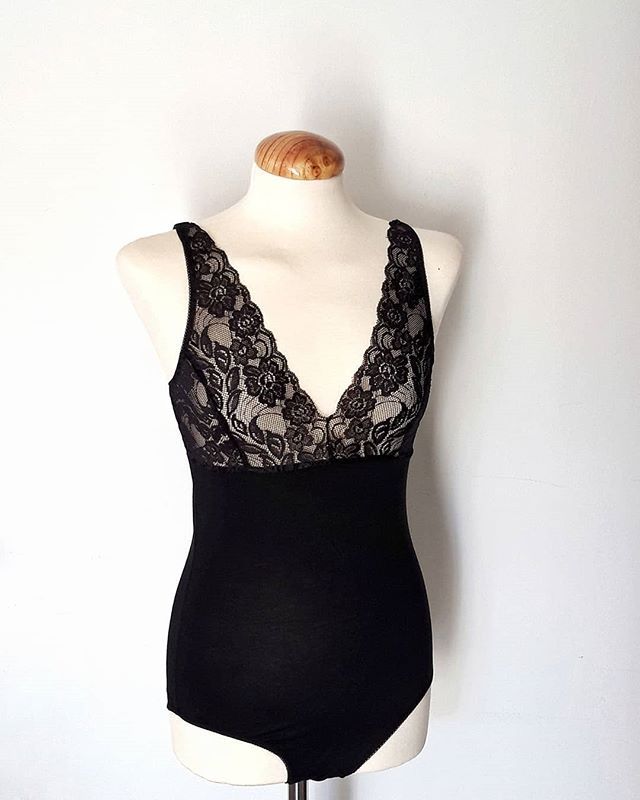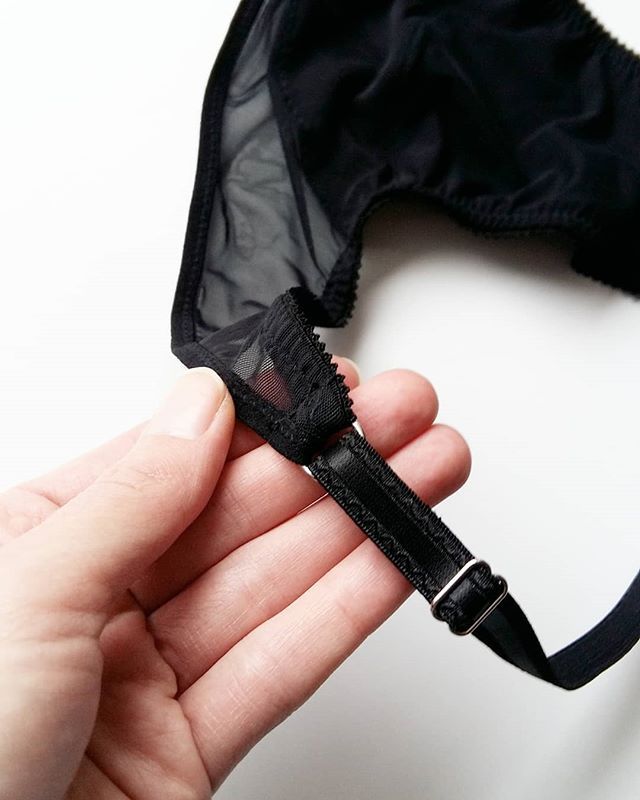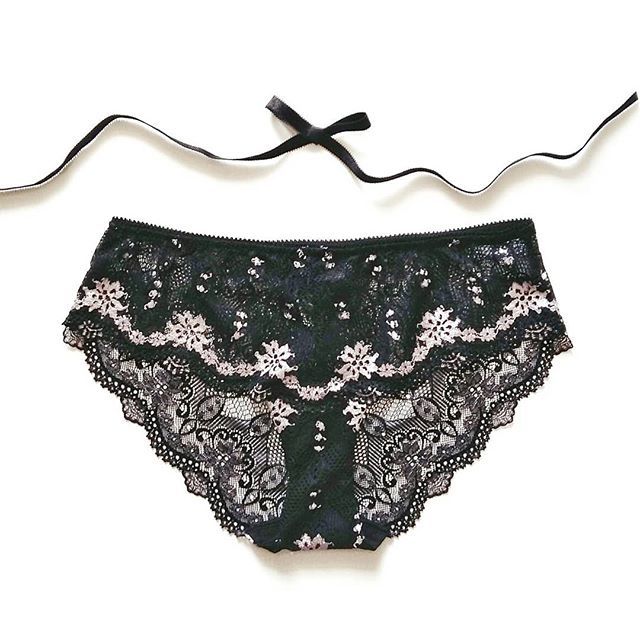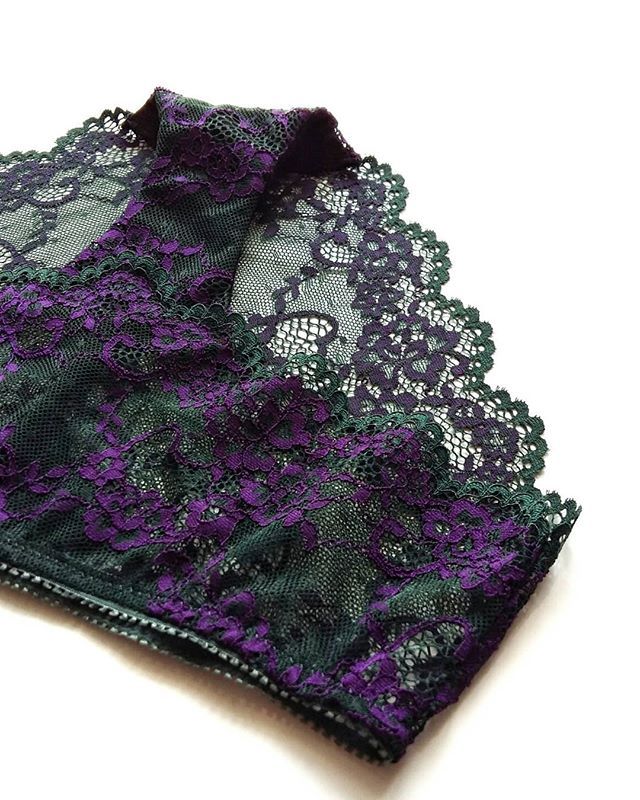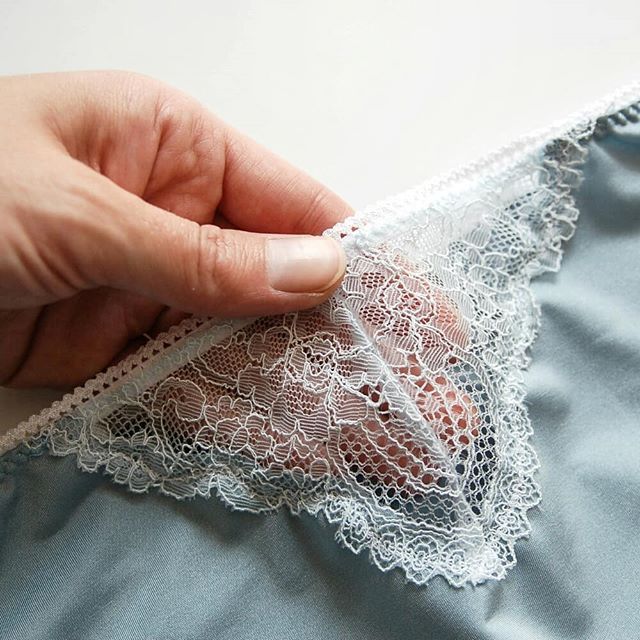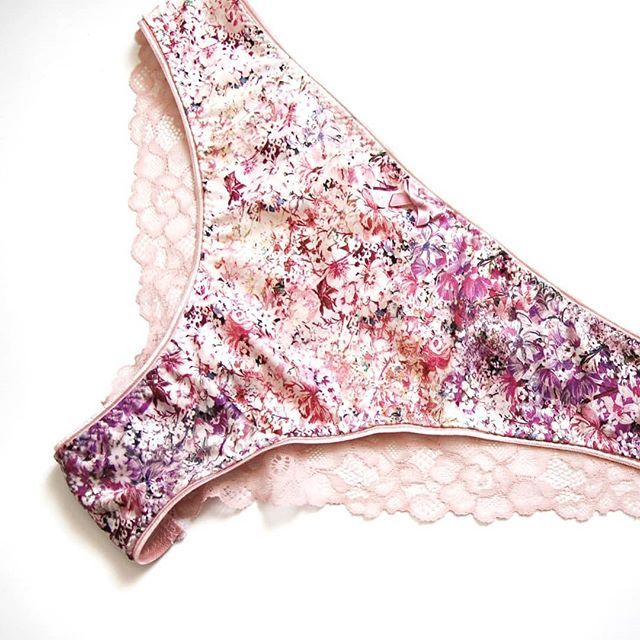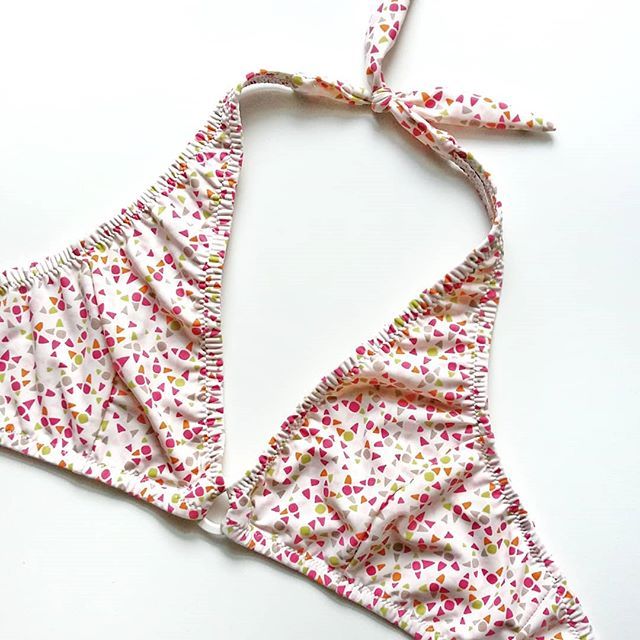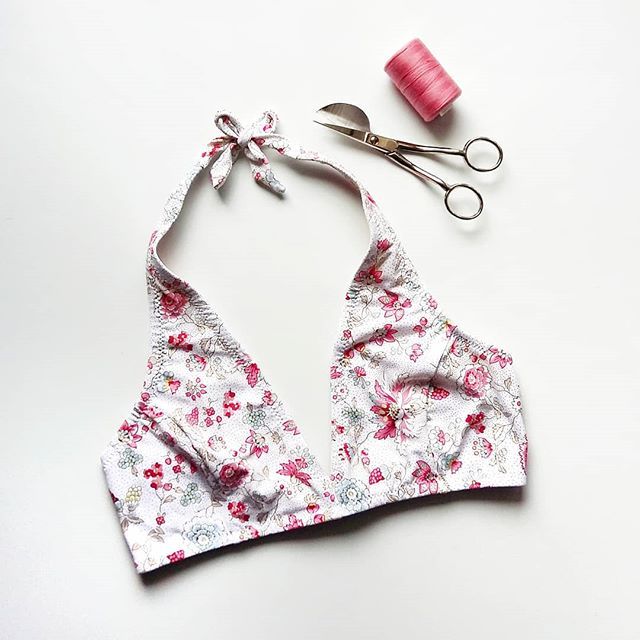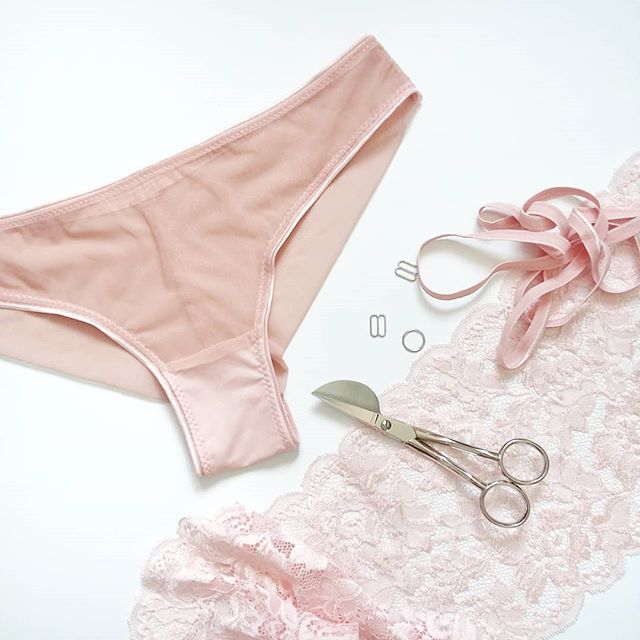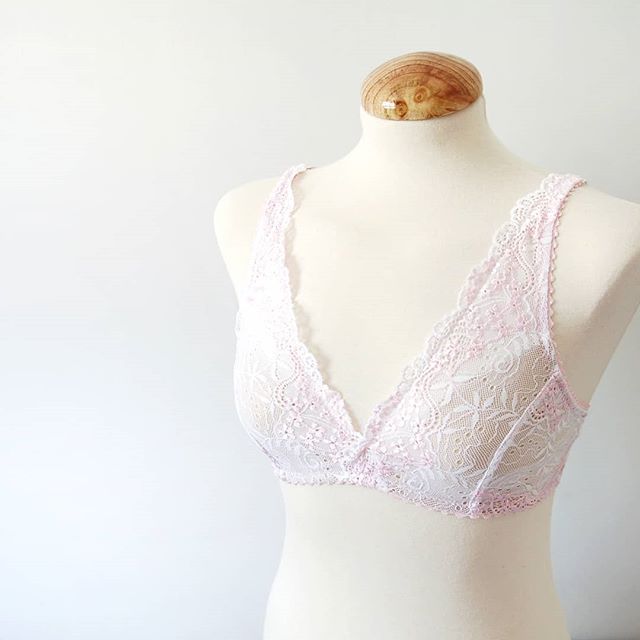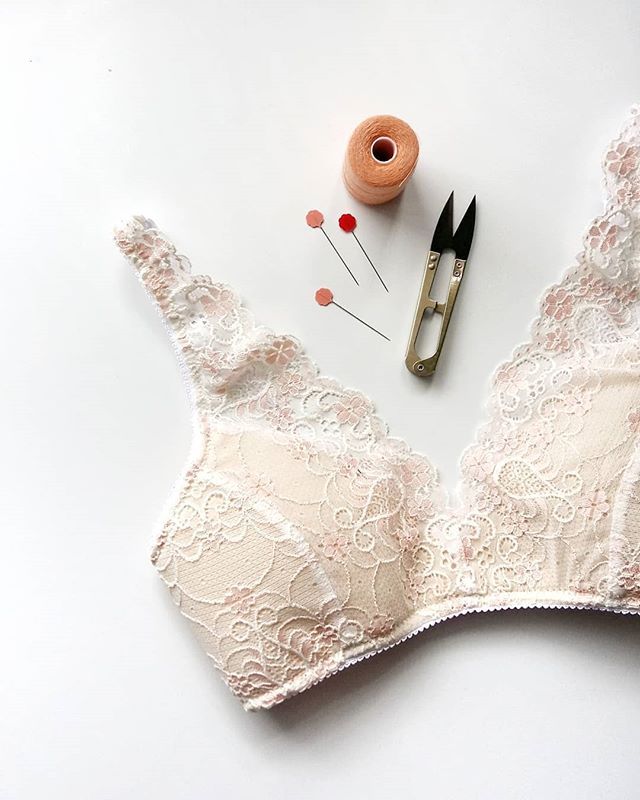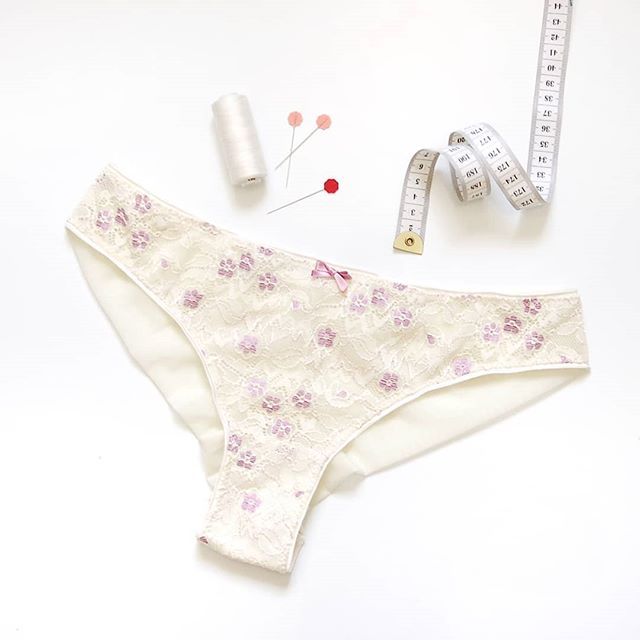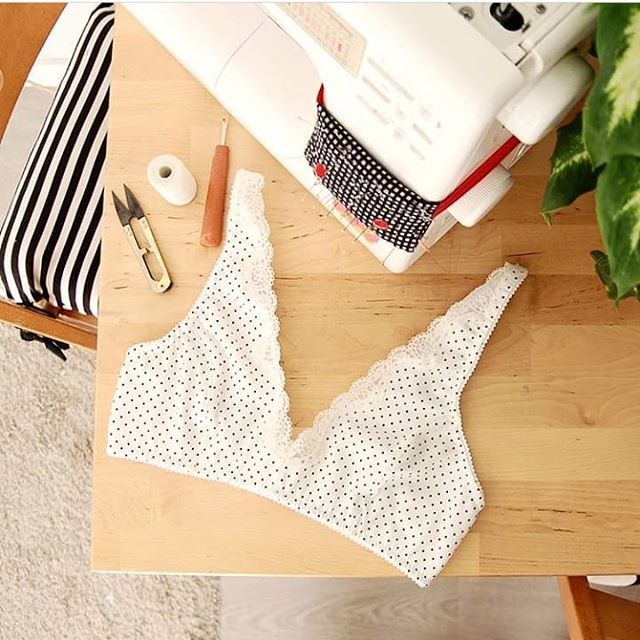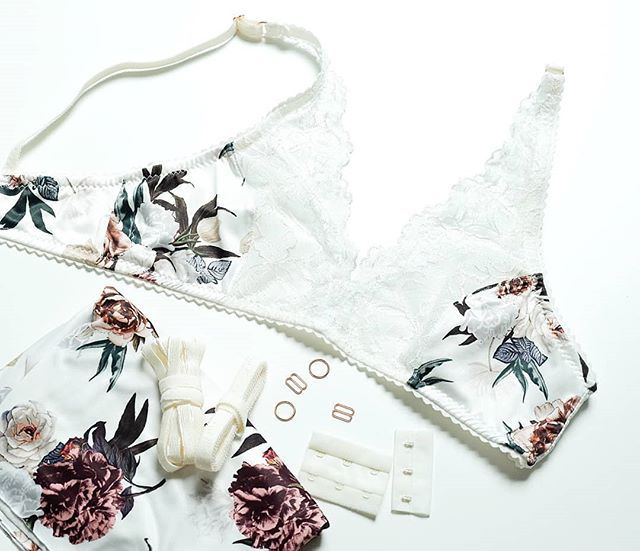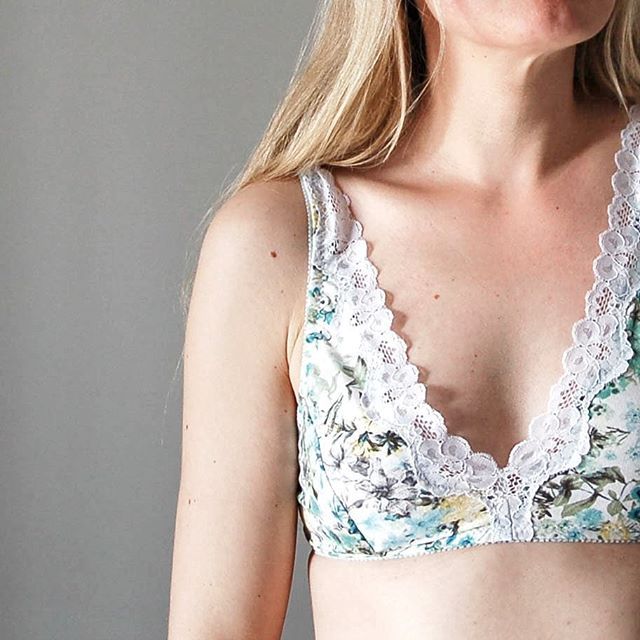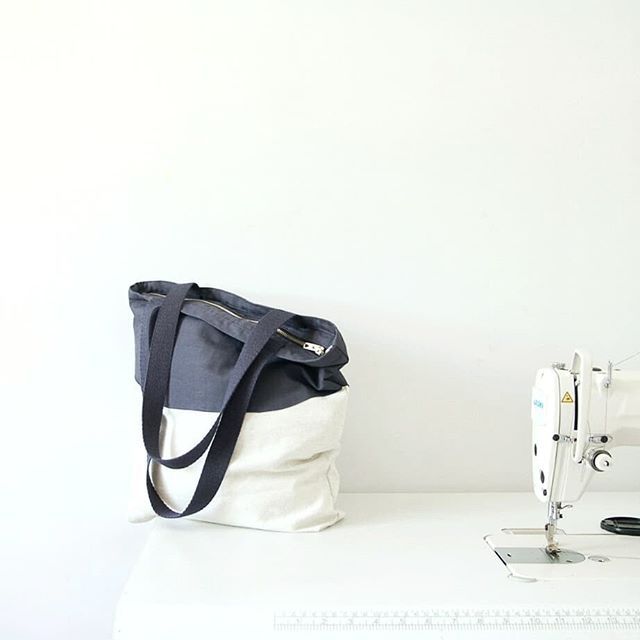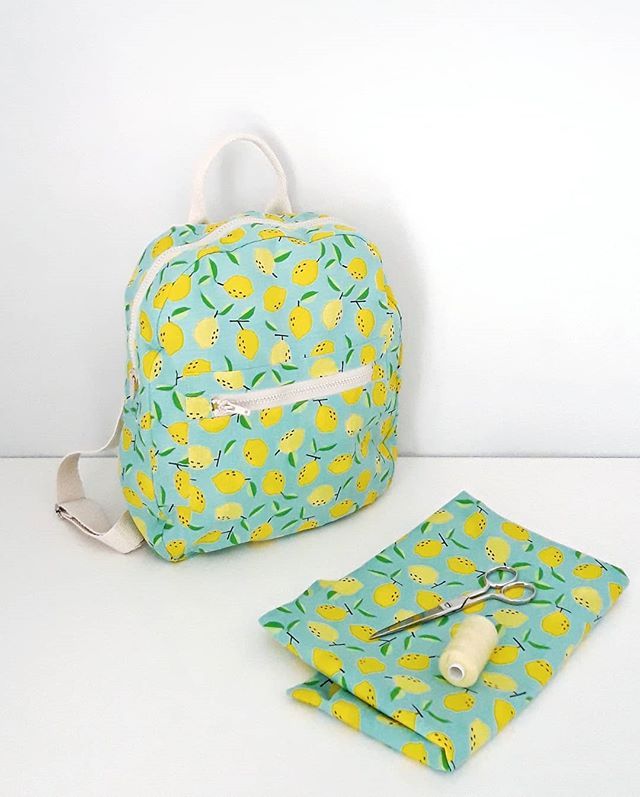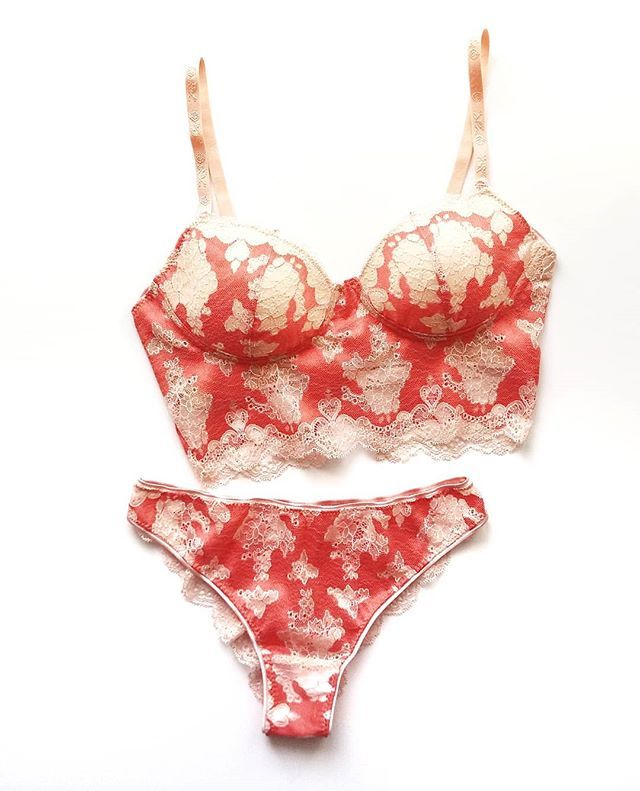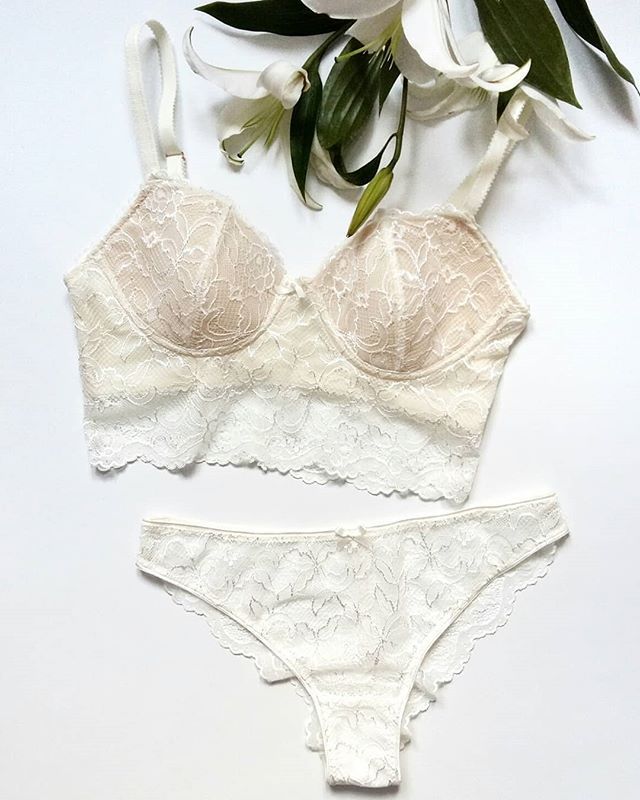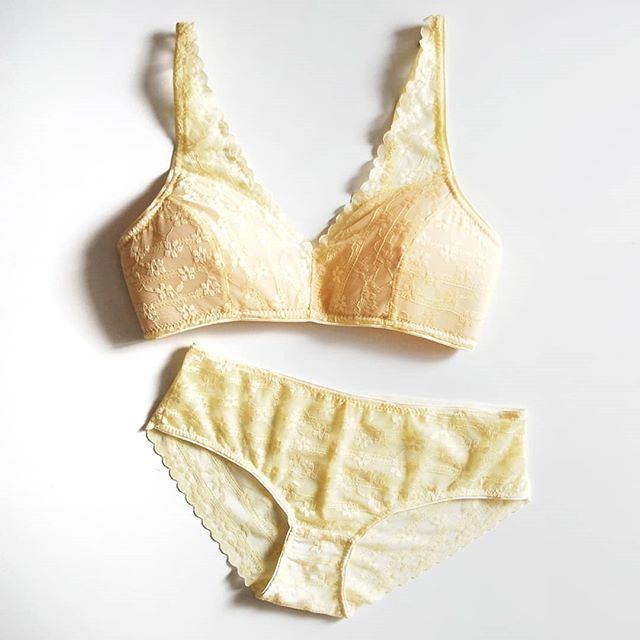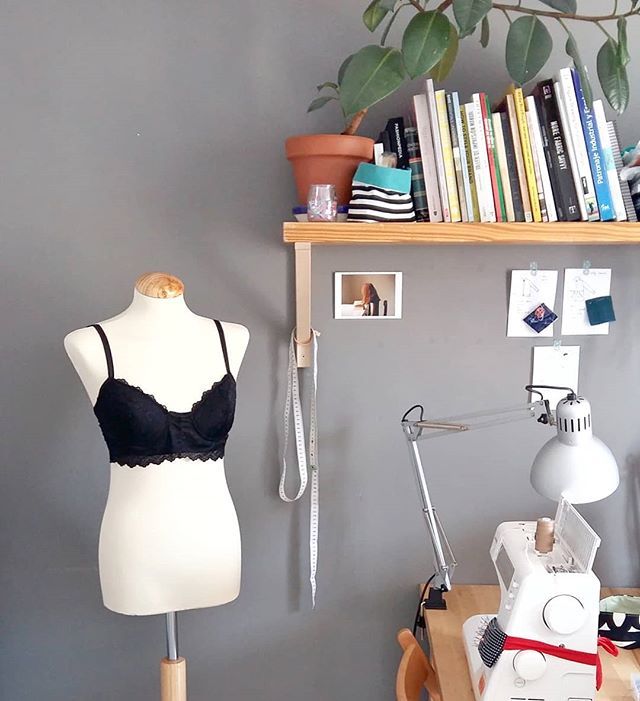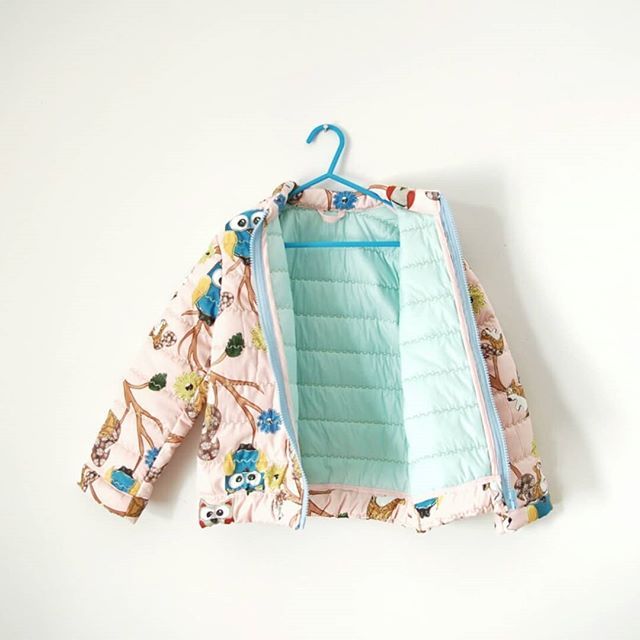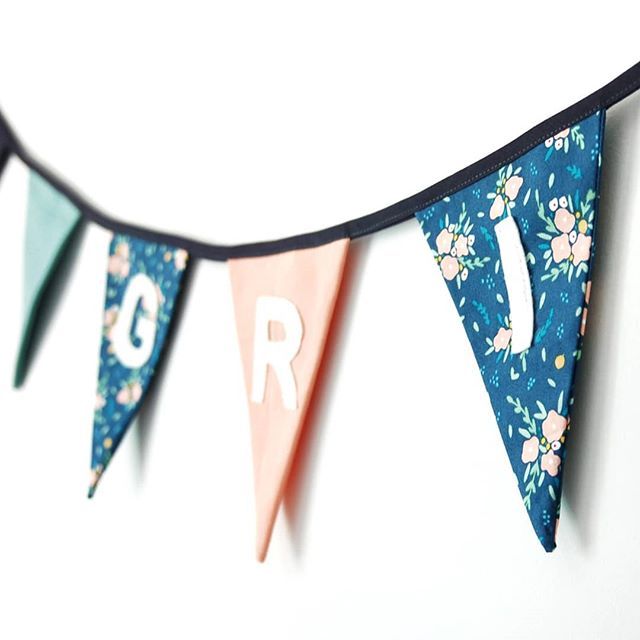Hola, hace mucho que no me paso por aquí para escribir un post pero hoy sí que toca! Jenni de Naturtelas nos invitó a Laura y a mí para que participemos en el proyecto de reciclaje de ropa que está organizando en su blog y la verdad es que tengo una buena pila de ropa guardada para este propósito. Estaba mirando qué cosas podría rediseñar y encontré un pantalón y un vestido…las dos cosas las había comprado ya de segunda mano pero no me las ponía nunca.
El pantalón vaquero verde me iba bien de tamaño pero tenía un largo raro así que nunca me lo puse. Pensé que lo mejor sería hacer una falda ya que la parte de arriba me va bien.
Y el vestido lo compré obviamente por este estampado bonito! En su momento ha tenido un cordón para ajustar la cinturilla pero eso ya estaba roto. Me gustaba como vestido pero me pasaba lo mismo que con el pantalón…y con la mayoría de los vestidos de verano que venden en las tienda de aquí, me queda demasiado corto para mi gusto. Así que allí mi idea era hacer una blusa, lo más fácil imposible, y seguramente me lo pondré más.
Para cambiar de pantalón a falda hice lo típico de recortar las piernas y descoser la entrepierna. Después puse el trozo de la pierna recortada debajo de la abertura que tenía y lo coloqué bien con los alfileres siguiendo bien la caída normal de la parte de arriba. Después cosí directamente encima de las mismas costuras que tenía antes el pantalón. Hice lo mismo con el trasero pero allí tenía que descoser un poco más hacia arriba para quitar la curva de tiro del pantalón. El resto lo mismo. Y después me lo probé para ver el largo que quería, le hice el dobladillo y punto!
Probé el vestido y marqué qué largo quería y recorté el exceso. Un dobladillo y listo! Me quedé con un trozo bastante amplio con el bajo ya hecho y se me ocurrió ya el plan máximo de aprovechar la tela: le puse un elástico en la cinturilla y ahora Lia tiene una falda de verano también!
La verdad es saber coser te puede facilitar la vida muchísimo porque muchas veces es solo recortar y hacer dobladillos y puedes hacer una prenda “nueva”. Quitar mangas o hacerlas más cortas, añadir otras telas para alargar la prenda, poner elásticos…hay miles de maneras de darle un toque nuevo a estas prendas que ya no nos ponemos. Me gusta mucho comprar cosas de segunda mano por eso, porque ya en la tienda las miro pensando que si puedo usar la tela para otra cosa…o si tienen posibilidad de modificaciones para que me queden bien ya que su precio muchas veces es baratísimo y de paso reuso algo que ya existe en vez de consumir productos nuevos. Otra cosa que me gusta también de la ropa de segunda mano es que ya ves cómo es la calidad de la tela, si ya ha tenido un ciclo de vida y se le ve bien…qué mejor que darle una nueva oportunidad sabiendo lo que tienes en las manos :)
Gracias Jenni por organizar el proyecto…necesitaba este empujón para terminar estas prendas, jaja!
